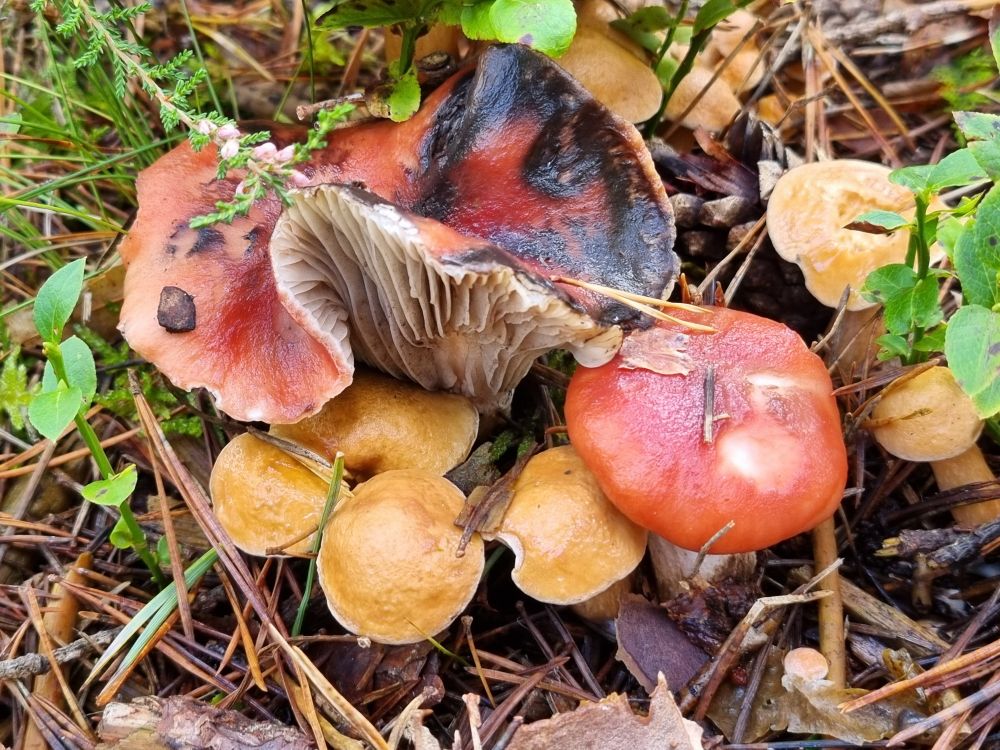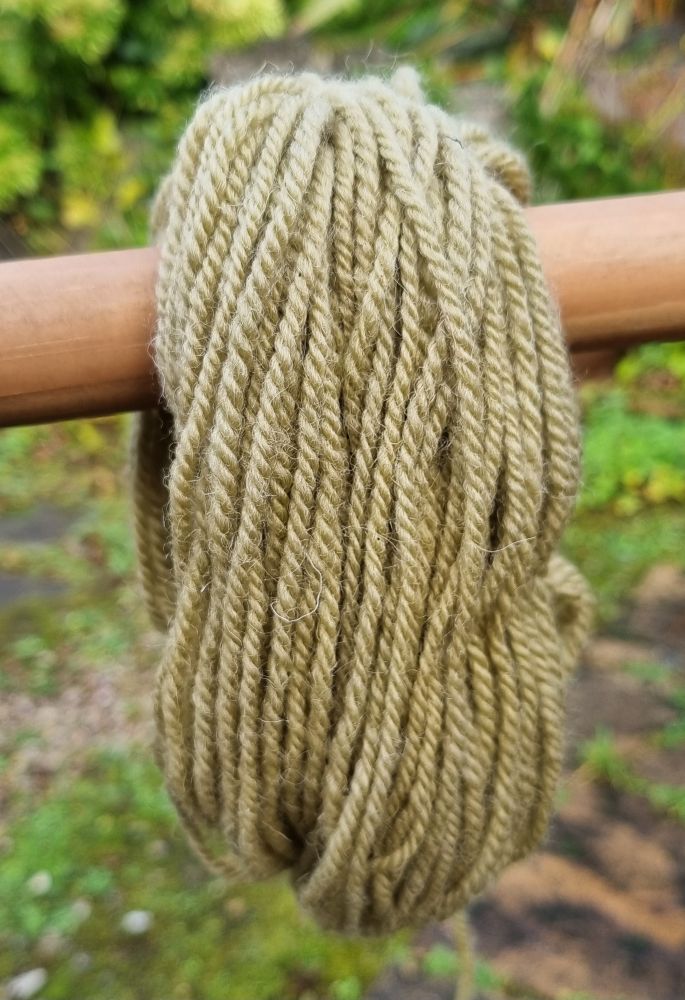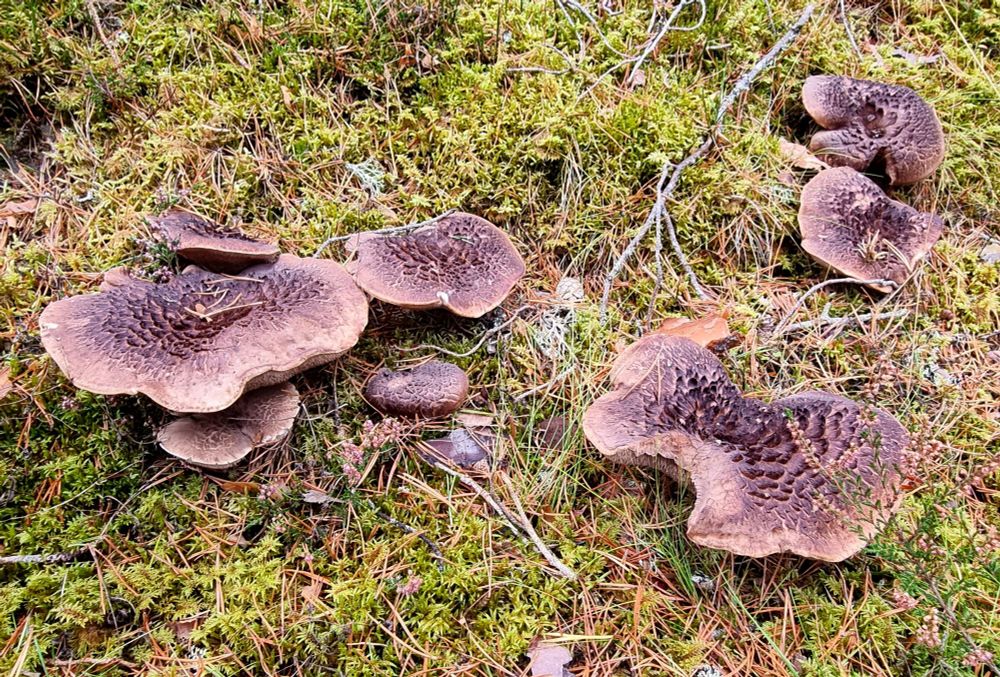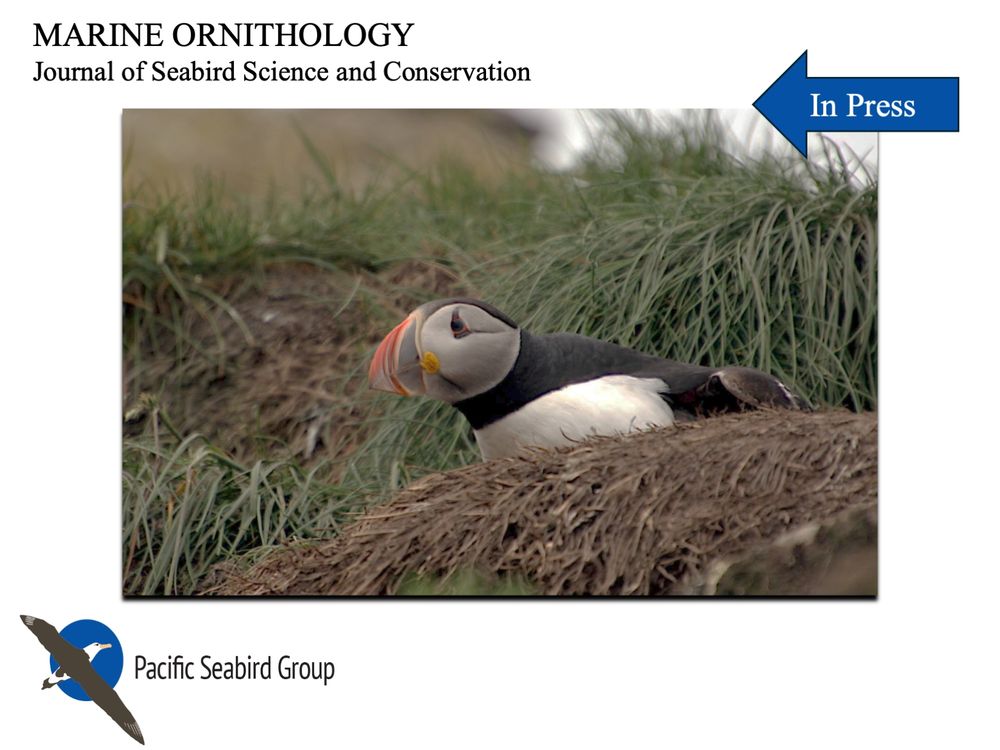
Helen Baker
@helenbaker.bsky.social
230 followers
110 following
56 posts
Ornithology, Mycology, nature.
Seabird team leader JNCC.
Member BMS Field Mycology & Conservation Committee.
Own views.
Posts
Media
Videos
Starter Packs
Reposted by Helen Baker
Reposted by Helen Baker
Reposted by Helen Baker
Reposted by Helen Baker
Reposted by Helen Baker
Reposted by Helen Baker
Reposted by Helen Baker
Reposted by Helen Baker
BOU
@bou.org.uk
· 17d

Different migration strategies under warming ocean anomalies in penguins: a study of spatial, oceanographic, and isotopic niche segregation
Journal of Ornithology - Many seabirds adjust migratory movements to interannual oceanic variability, tracking food resources, and potentially avoiding competition. This study examines the at-sea...
link.springer.com
Reposted by Helen Baker
Reposted by Helen Baker
Reposted by Helen Baker
Reposted by Helen Baker
Reposted by Helen Baker
Reposted by Helen Baker
Reposted by Helen Baker
Reposted by Helen Baker




























